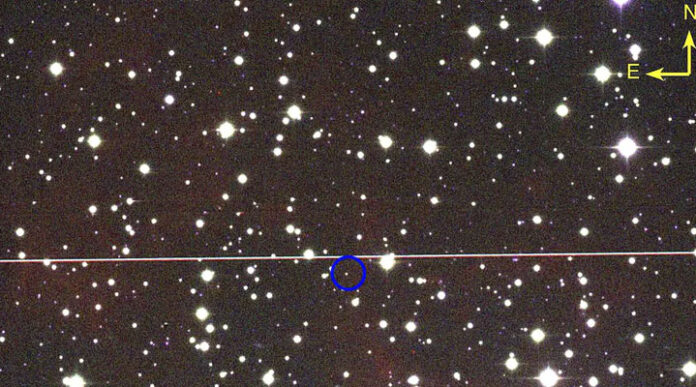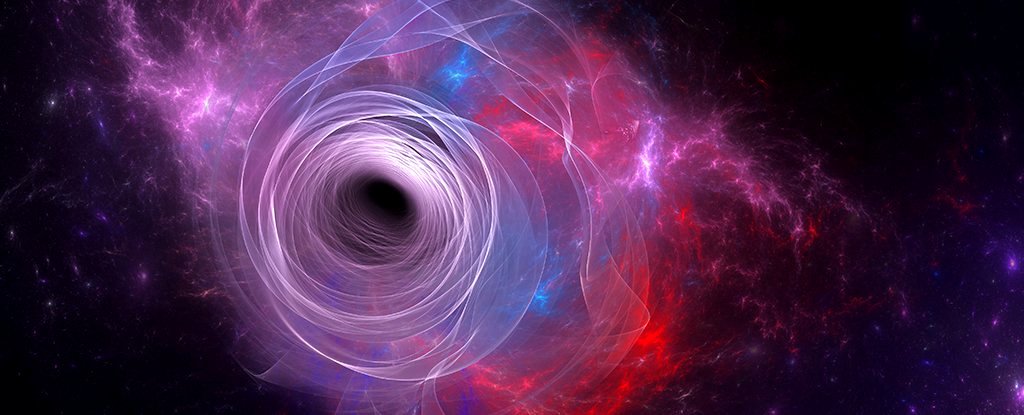Astronomers have discovered the 500-million-year-old galactic open cluster’s oldest visible planetary nebula (PN) (OC). The rare celestial jewel was discovered inside the M37 cluster and is thought to have high astrophysical value. Planetary nebulas (PNe) are glowing shrouds ejected from dying stars that shine with distinct colors and shapes, providing astronomers with a spectacular sight. A team of researchers from the University of Hong Kong made the discovery. The kinematic age of the PN was discovered to be 70,000 years.
The recently discovered PN, known as IPHASX J055226.2+323724, is only the third of the 4,000 PNe known in our galaxy to show an association between a PN and an OC. Furthermore, it is thought to be the oldest PN discovered by astronomers to date.
They calculated the age by looking at how fast the nebula was expanding as measured by PN emission lines. They also assumed that the speed has remained effectively constant since the beginning and that the time elapsed since the dying star first ejected the nebular shell was the same.
While the planetary nebula is quite old, it is still a flash in the pan compared to the original star, which is hundreds of millions of years old. According to the researchers, the “grand old dame” lives in a stellar cluster, allowing the team to determine powerful additional parameters that are not possible for the general galactic PN population.
Estimating the mass of the PN’s progenitor star when it turned off the stellar main sequence is one of these parameters. The researchers can also use theoretical isochrones to estimate the residual mass of the central star from which the PNe were ejected, and they can observe the properties of the hot, blue central star.
The team used this method to calculate the size and residual mass of the star that ejected the PN gaseous shell when it was born.
“I am so excited to be able to work on these fascinating rare cases of OC-PN associations because they keep yielding important science results,” said former HKU PhD student Dr Vasiliki FRAGKOU. “All three cases we have found are butterfly (bi-polar) PN in terms of shape, all are very faint and highly evolved, all have Type-I chemistry according to their emission lines, and of course, all have intermediate to high progenitor masses.” She is also the study’s first author, which was published in Astrophysical Journal Letters.





